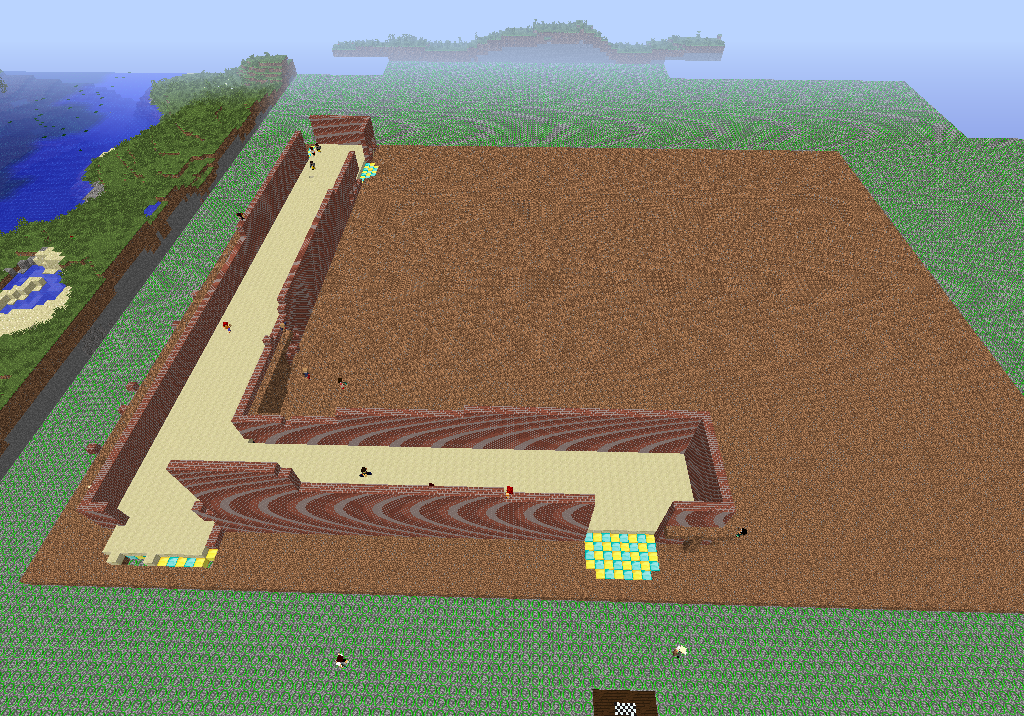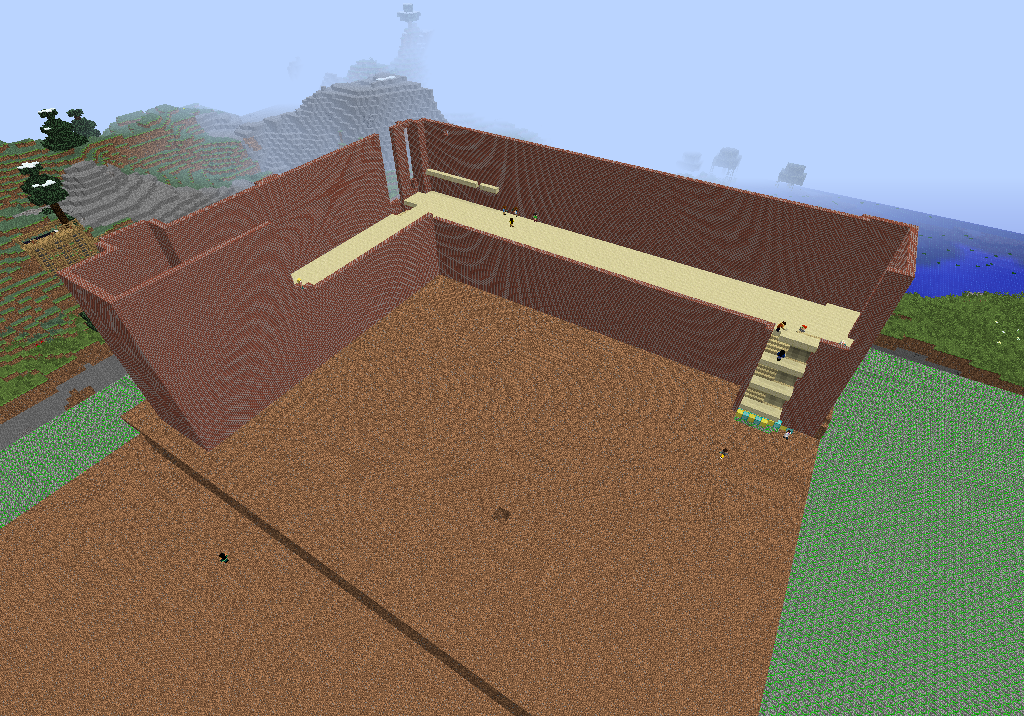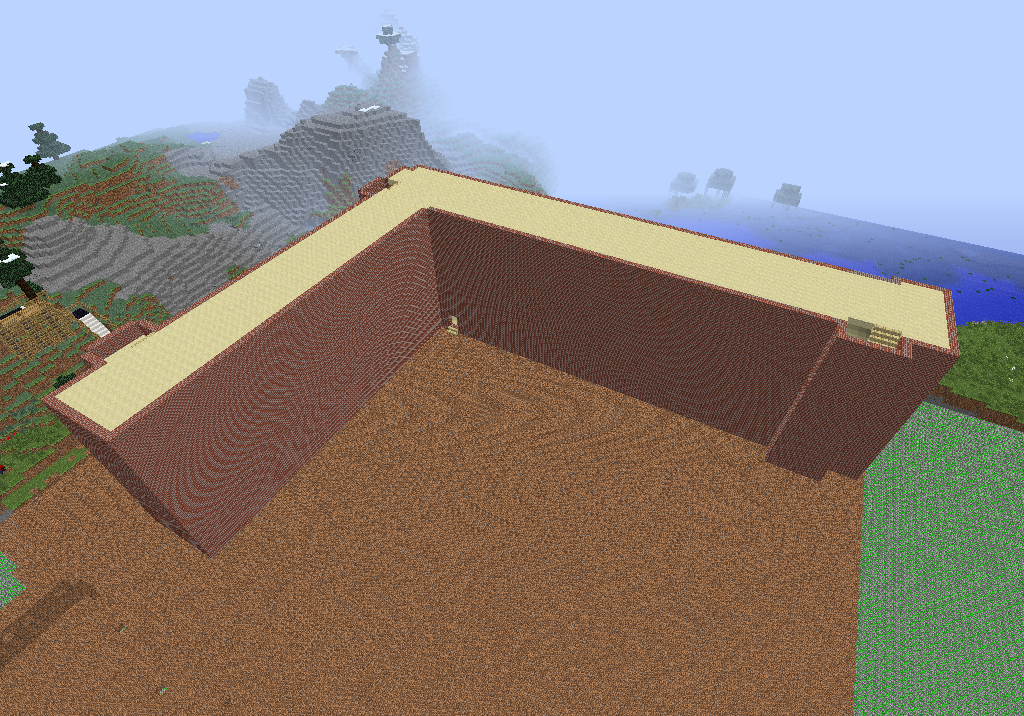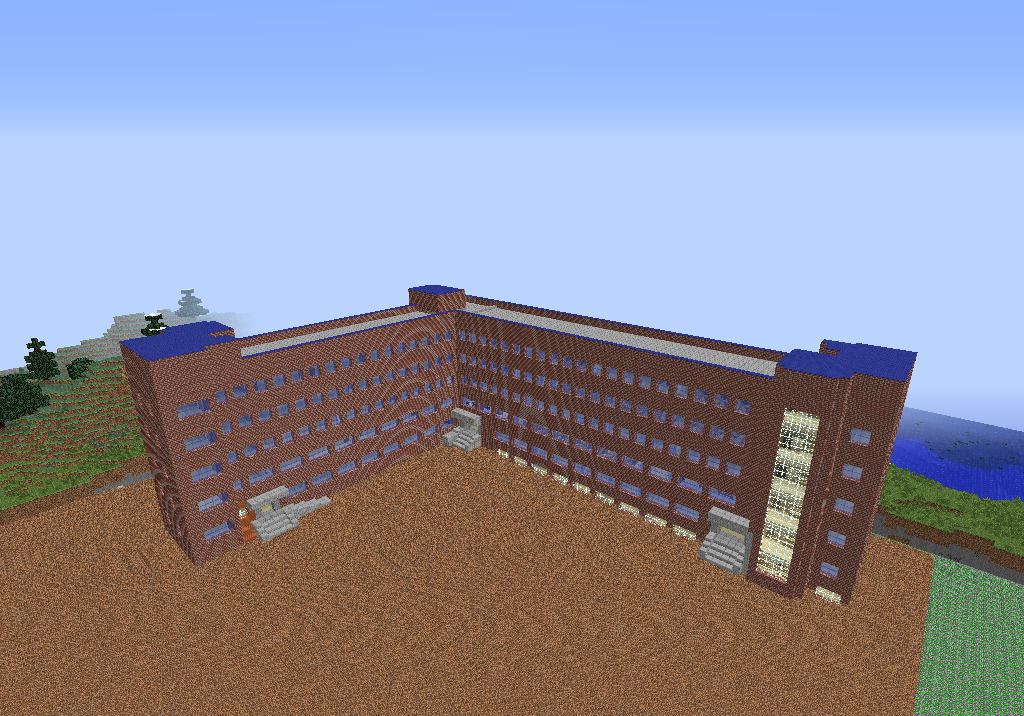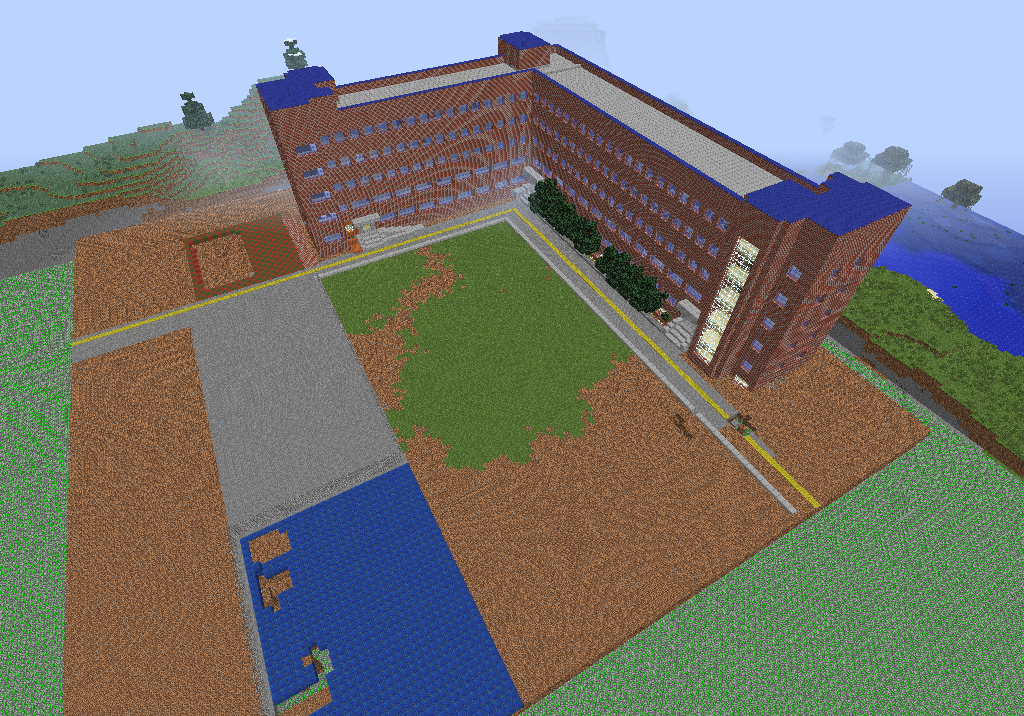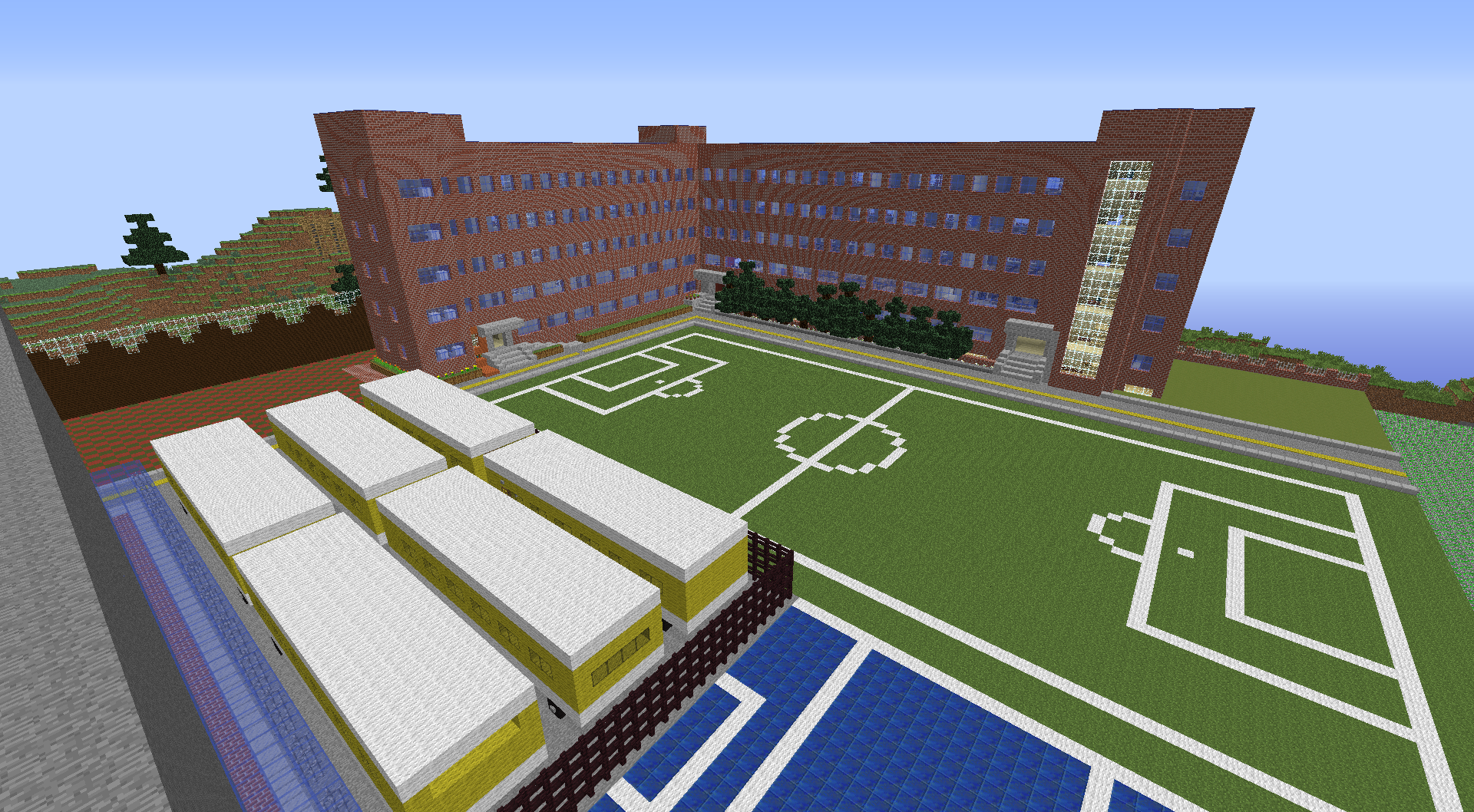I am beginning the process of implementing a video-game element into my after school English classroom. I will be using a modification of the popular game Minecraft in my class that will allow a sandbox-style approach to gaming. The worlds are not pre-made, but created by the students. They are not being tested on whether they can survive the world created for them, but they are builders themselves.
One of the issues I have been facing with an ESL classroom, now that we have switched to Common Core standards, is reading comprehension. Previously, our students were expected to memorize vocabulary and facts from stories for quizzes, and that was the majority of the learning done in school. We have changed that to start expecting critical thinking. This was a hard change for the students, and some parents, this year. I was looking for a way to motivate the students to challenge themselves in this new way. They struggled at the beginning of the year and I did not want to lose their attention for the whole year. This implementation will include reading blocks with directions they must follow in order to continue in the game. There is no better way to teach reading comprehension than having the reading directly correlate to an action they must take, especially when they are motivated to make sure they want to pass the challenge. This is immediate feedback and authentic assessment. They will know right away whether their idea worked and they are in a world with consequences. If they cannot figure out how to get over an obstacle, they will be stuck and not be able to move on. The class is not racing ahead of them based on something relatively arbitrary like time. Students will be able to go at their own pace while progressing when they have mastered the challenge they have been up against.
Even though this is an English class and my focus is on reading comprehension, it is a nice side-effect that they will also be learning elements of physics, chemistry, geology, and digital citizenship along the way.
Update: There have been some other organic ways that teaching with Minecraft has helped my students use their English in authentic ways because of their engagement - like working together to problem solve and helping each other. They are working on goal-oriented tasks that all students must participate in. They are using English to discuss their world without thinking about it being an English class, which makes it less stressful as well.
Our long-term project is to build our school to Minecraft scale as detailed as possible. Take a look at the pictures to see the process and what we are doing.
The second way I am implementing gamification into my classroom is by creating a fully integrated game model to play for the whole year. It is based on the game Super Mario Brothers and includes prizes relating to the game, organisation based on video games (i.e. levels and Bosses), as well as lots of visual representation for buy in.
At first, last year, I was using digital coins and the prizes were offered through a digital tool they could use coins on. The students were not using their coins to buy any prizes and they were not getting excited about the game. I quickly realised the mistake I was making was the lack of something tangible they could hold. Version 2.0, which is my current version, added a few prizes and physical prize coupons they could hold, trade, and/or show off to classmates, and then trade in to me for the prize redemption. This has spawned an explosion of interest that has spread outside my classroom. I now have students that are not in my class asking about the prizes, which tells me my students are excited enough about them now that they are talking about them. Of course, it is not just about getting them excited about prizes, but their buy in with the prizes has made the motivation to earn those prizes strong, which is where the motivation transfers to classwork. In order to earn those coins to buy those prizes they need to finish classwork and homework as part of each 'level' (Lesson). You can take a look at the class structure by clicking the button below.


